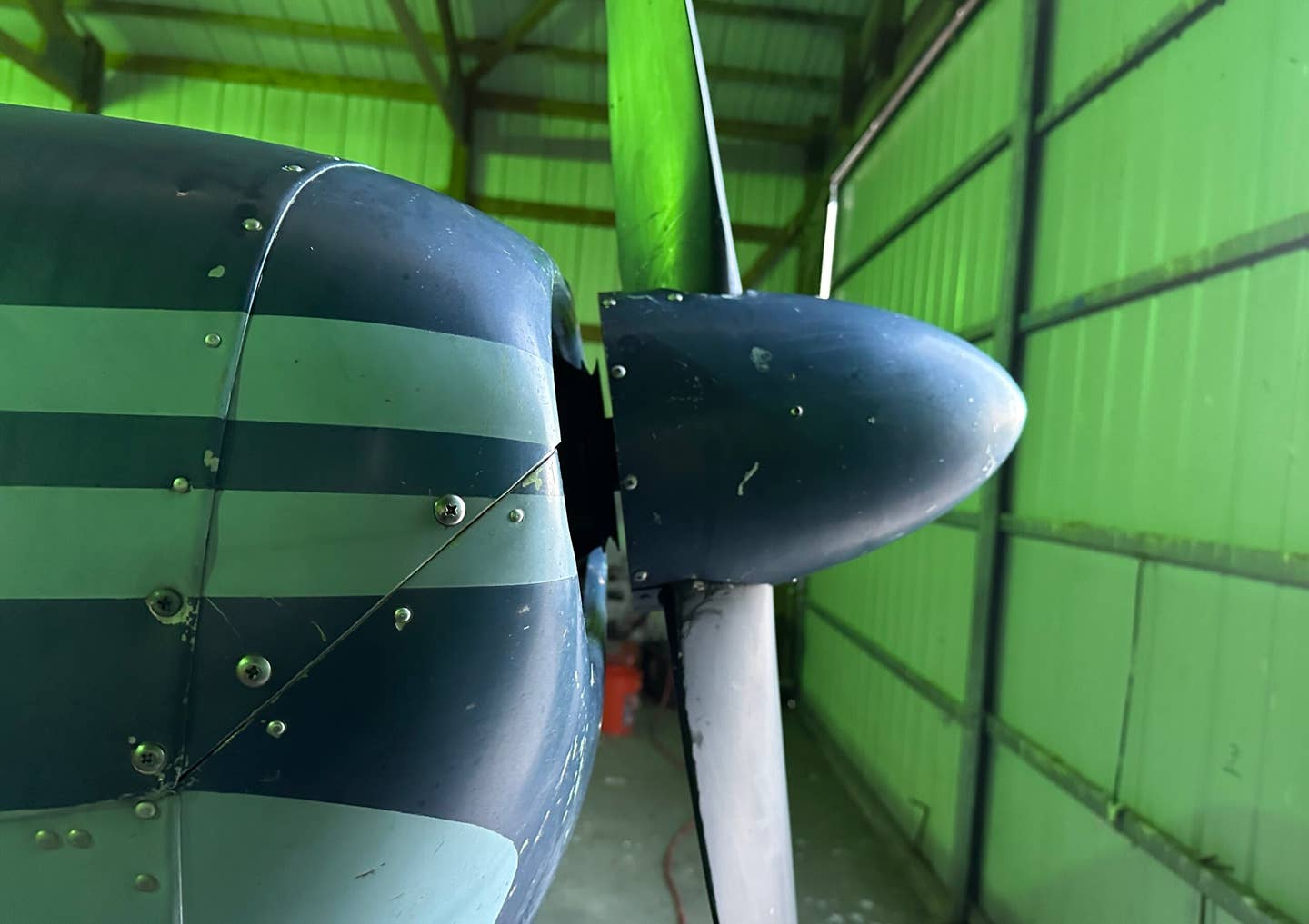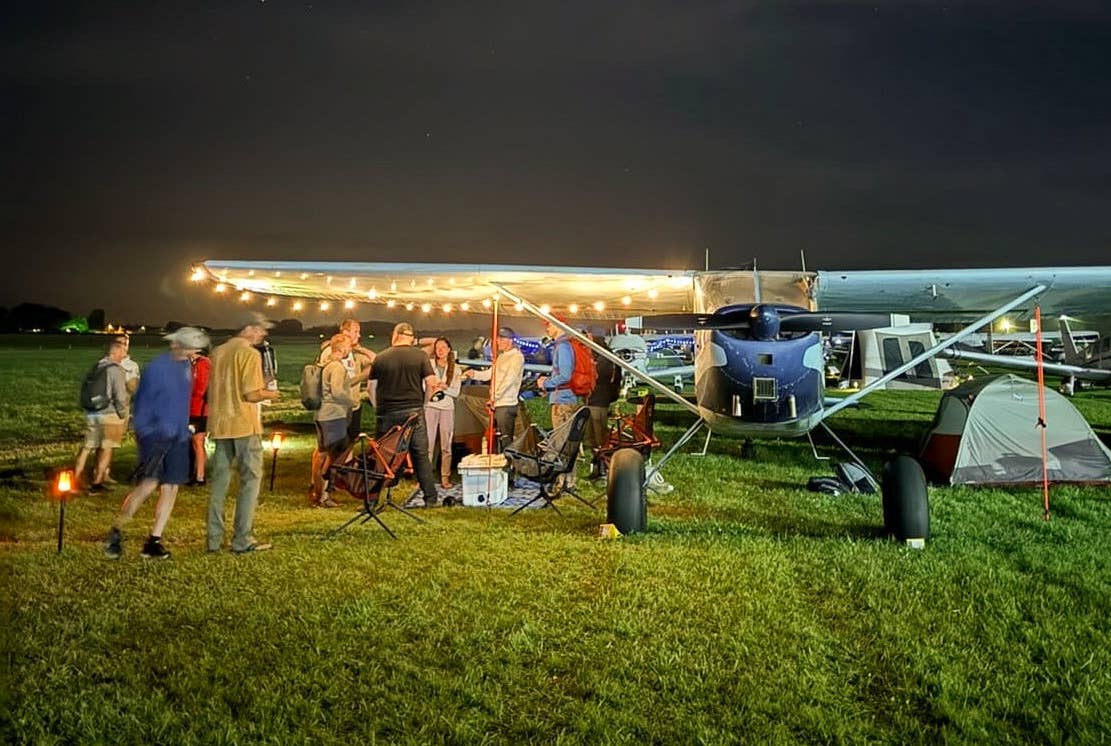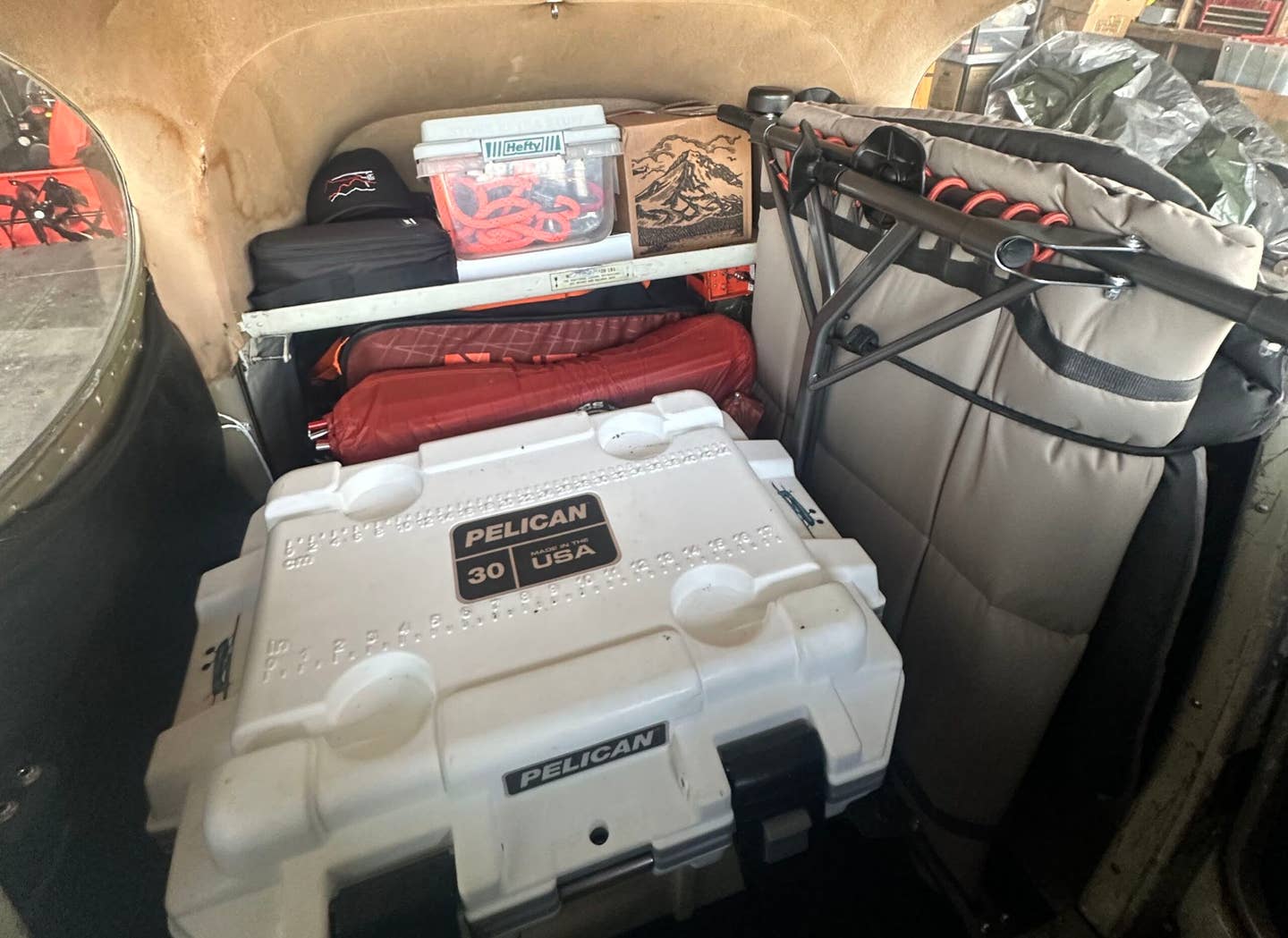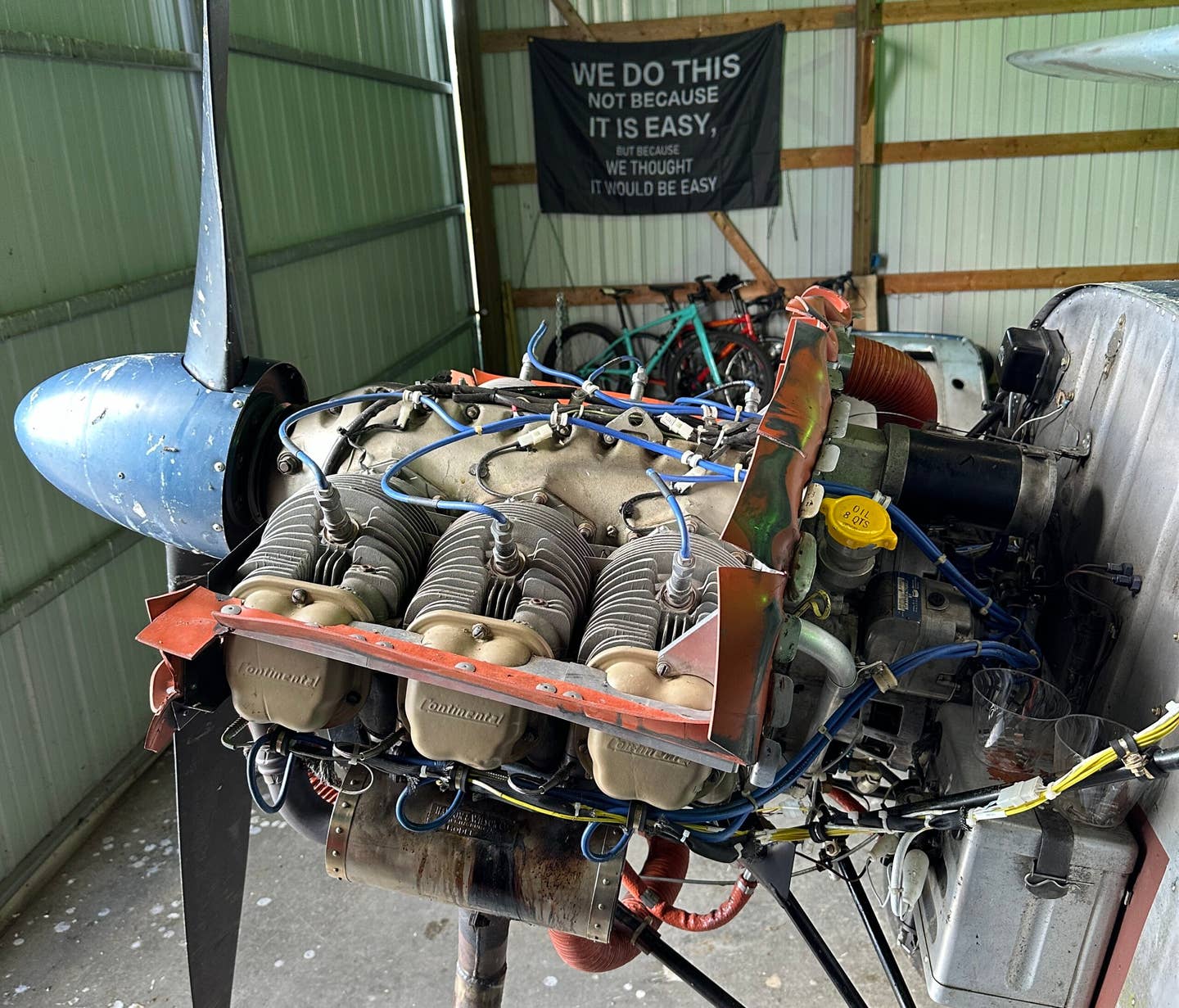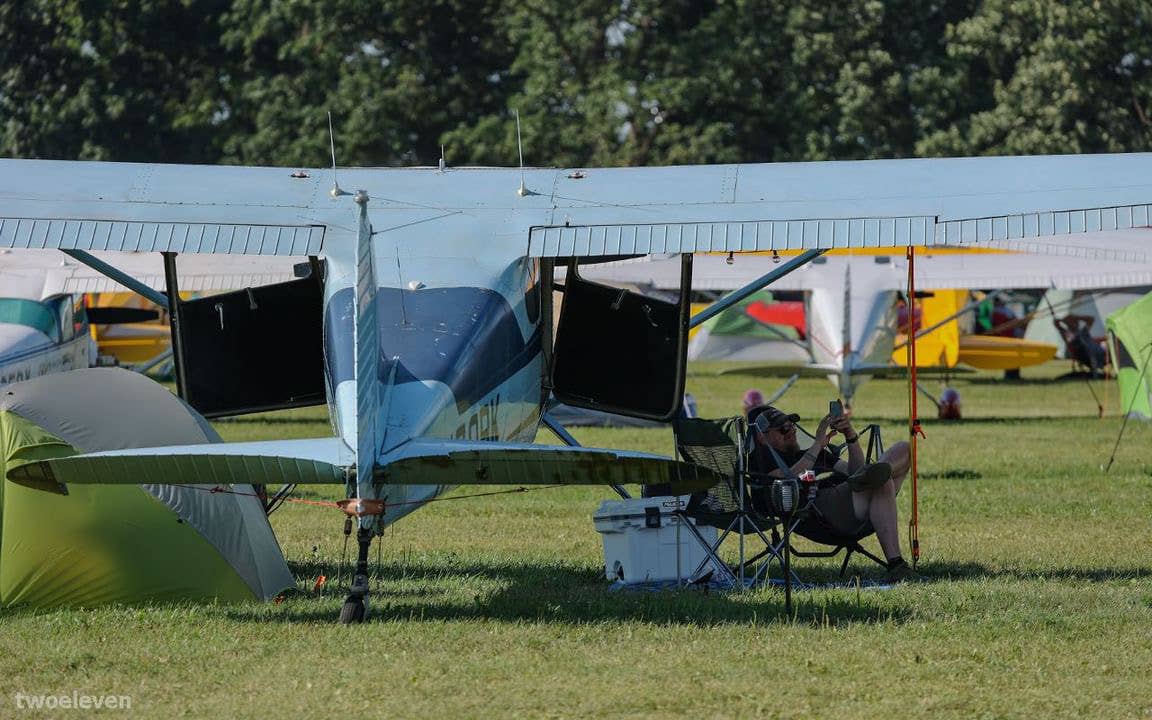Love the One You’re With
Performance numbers aren’t everything when it comes to finding the airplane that’s right for you.
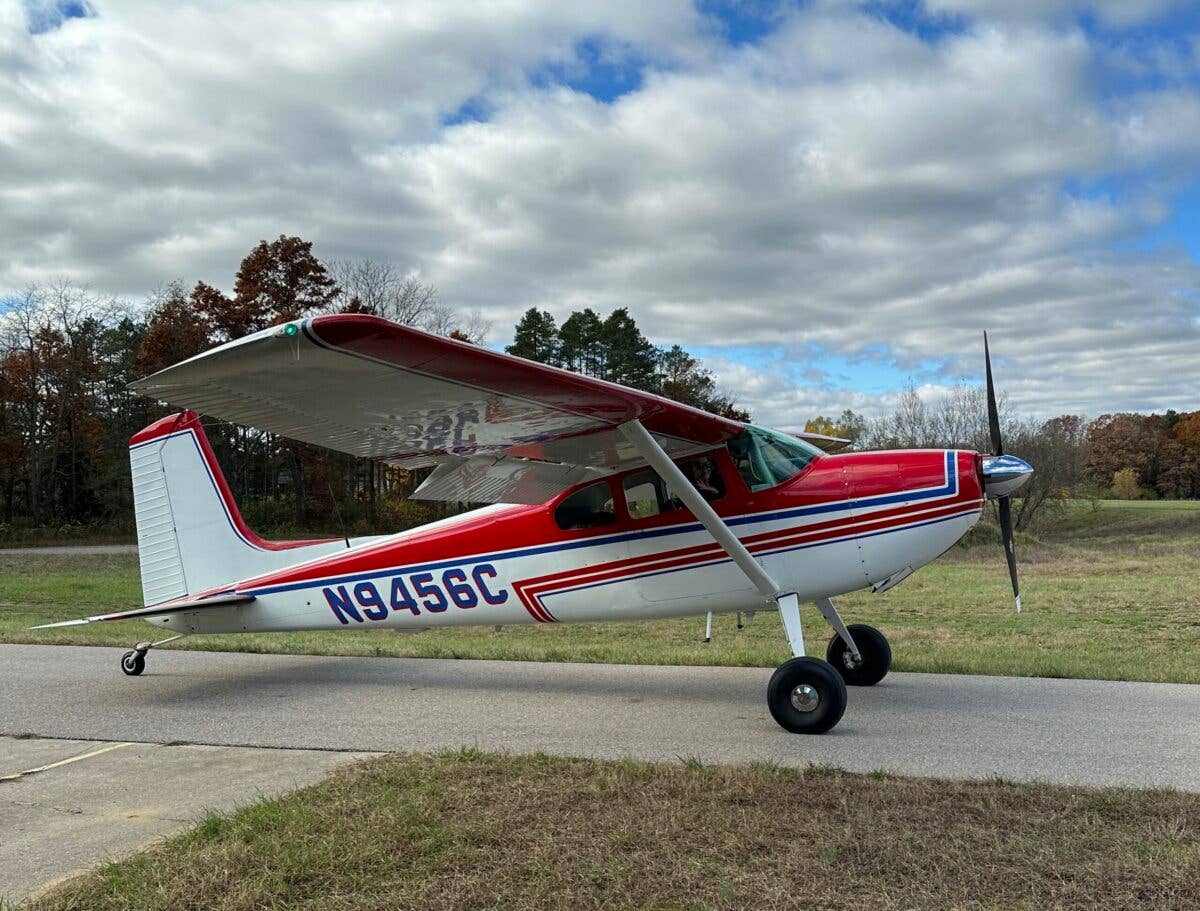
The Cessna 180 bests the 170 in almost every measure, but the pros and cons still need to match one’s personal preferences. [Photo: Jason McDowell]
I love my Cessna 170B. I love its handling characteristics. I love how docile and forgiving it is. I love its unique balance of qualities, and I love how it looks. I feel good about the money I paid for it and the money I’ve paid to maintain and improve it.
Last week, I decided to risk all of this happiness, satisfaction, and contentment by going up for a flight with my friend Marty in his newly purchased Cessna 180.
Every technical aspect of the 180 is objectively better than my 170. It has nearly 100 additional horsepower, harnessed by a constant-speed propeller. While the two have similar useful loads, the 180 shrugs off a heavy payload and continues to perform well at maximum takeoff weight. The 180 cruises 40 mph faster with a far greater range.
Translating these advantages to everyday benefits, a 180 owner can laugh at density altitudes, departure-end obstacles, and cargo manifests that would stop a 170 owner in their tracks. The additional power and lifting capacity more easily enables the installation of floats. Multiple friends can join you for flights, and once inside, they’ll enjoy more space.
All of these things swirled around my mind as we drove to the airport for a crisp autumn morning of taking in the changing colors. Would this be a massive mistake? Would the 180 ruin me, relegating my beloved 170 to the halls of aviation inferiority? Would I soon be listing my airplane on Aircraft For Sale and scouring the listings for a 180 of my own?
It was a dangerous thing to do. But the fall colors were bursting in western Michigan, and I’d been looking forward to flying with Marty for months. I’d just have to risk whatever effects the 180 might produce in my mind.
Marty got very lucky when he found it. Based out west and owned by the same people for decades, it had been babied for its entire life. It may have been built in 1955, but its condition made it feel like a brand-new airplane.
Climbing up into the passenger seat, it was at once different and familiar. Forward visibility was more restricted than my 170, but almost no taildraggers can top the 170 in that regard. The cabin was a touch roomier. And although the panel was immaculate, it was also dated and couldn’t hold a candle to my newly updated Garmin panel. The panel comparison is perhaps unfair, however, and I’m sure Marty will close that gap soon enough with some upgrades.
The real comparison would occur when the engine was turning—and when it did, the additional size and power were apparent even at idle. After a quick run-up and short taxi, Marty explained his takeoff procedure. After lining up on the runway, he advances the throttle to 1,500 rpm, lets the airplane stabilize during mild acceleration, and then smoothly advances the throttle the rest of the way while adding the necessary right rudder to maintain centerline.
Marty is no stranger to taildraggers. He’s flown multiple types and has, for the past several years, owned a Piper Colt taildragger. That little airplane lacked power nearly to the degree that it lacked stability during takeoff and landing. The short-coupled airframe demanded lightning-quick reflexes to keep the tail in line and never allowed you to relax, even in calm winds.
Nevertheless, Marty explained, the massive left-turning tendencies from the big 180’s engine and prop were significant and altogether different. He exercised appropriate caution and assertiveness on the controls, and before I knew it, we were off the ground—in roughly half the distance required by my 170. The departure end trees that would, in my airplane, have commanded my undivided attention were falling away comically.
Just a few moments after takeoff, Marty did something entirely foreign to my 145-horsepower world. He reduced power during the climb. I’ve done this in other types, but it still caused a small fuse to blow somewhere in my brain. In my airplane, one wrings out every last bit of thrust possible until it’s time to level off.
The flight itself was fantastic. Mid-October in Michigan is a sight to behold, the vibrant reds, oranges, and yellows below igniting like a massive bed of flames. There was even an occasional whiff of wood smoke wafting up from chimneys below. It was a day to be seized, and we were doing just that.
When Marty throttled further back for cruise, I found myself wishing he had a good engine monitor. From what I could tell, we were cruising at around 120 mph at a very low power setting and rpm. Later, some research confirmed that, provided one can exercise the necessary restraint, a 180 throttled back can return the same speeds and fuel burns as a 170. It’s like owning two airplanes in one.
We gamboled about the countryside, popping into a few grass strips and ogling palatial hangar homes. Despite having been flying the airplane for several months, Marty remained smitten with the performance of his new machine. He and I both laughed at the absurdly short ground roll and impressive rate of climb during every takeoff.
Marty flew the final approach at about the same speed I use for my 170. A later examination of the manual revealed that the 180’s stall speed is only 54 mph—just 2 mph higher than mine. And although I didn’t land the 180, the sight picture and feel of the main gear seemed very similar from the passenger seat.
On the way back, we made a game of spotting uncharted grass strips and noting their precise location for future reference. The phone numbers of the airstrip owners are easy to find, after all. Some of the lovely strips perhaps warrant a friendly call to ascertain whether visitors might be welcome in the future.
After arriving back home, Marty took up a neighbor for a ride, and I had some time to reflect on the experience. As expected, the 180 was indeed objectively better in just about every measure of performance. And with the ability to throttle back to 170 levels of speed and fuel burn, it was truly two airplanes in one.
But as is so often the case, taking a step back and looking at the whole picture properly calibrates one’s perspective. Unseen from the cockpit are the 180’s 200 to 300 percent higher purchase price and steeper insurance premiums, which amount to an additional $100 to 150 per month above my own. It might be possible to throttle back to save fuel, but there’s just no getting around certain expenses.
Then, there are my favorite factors to consider—the ones that don’t show up on a spreadsheet. To me, the most notable pro in this category was the complete freedom to comfortably get out of almost any airstrip out there. And the most notable cons were the far heavier weight of the controls and the reduced over-the-nose visibility on the ground. While not easily quantifiable, these sorts of factors are entirely worthy of consideration when evaluating an airplane.
In the end, I arrived at the same conclusion that I tend to in my head-to-head aircraft reviews. It’s not really about identifying a winner and a loser. It’s about matching one’s personal preferences and situation to the airplane that best matches them. And, in my case, the benefits of my 170 easily make up for the areas in which it falls short in comparison to the mighty 180.
As mentioned earlier, I love the fingertip control forces of my airplane. I love its forward visibility and docile nature. And I love that its lower acquisition and fixed costs enable me to own it at all. Much as I admire Marty’s new 180, I recognize that it’s a far better fit for his particular mission requirements than it would be for mine.
And with that, I made my way back home not with envy for the technically superior airplane but with gratitude for my own.

Subscribe to Our Newsletter
Get the latest FLYING stories delivered directly to your inbox


